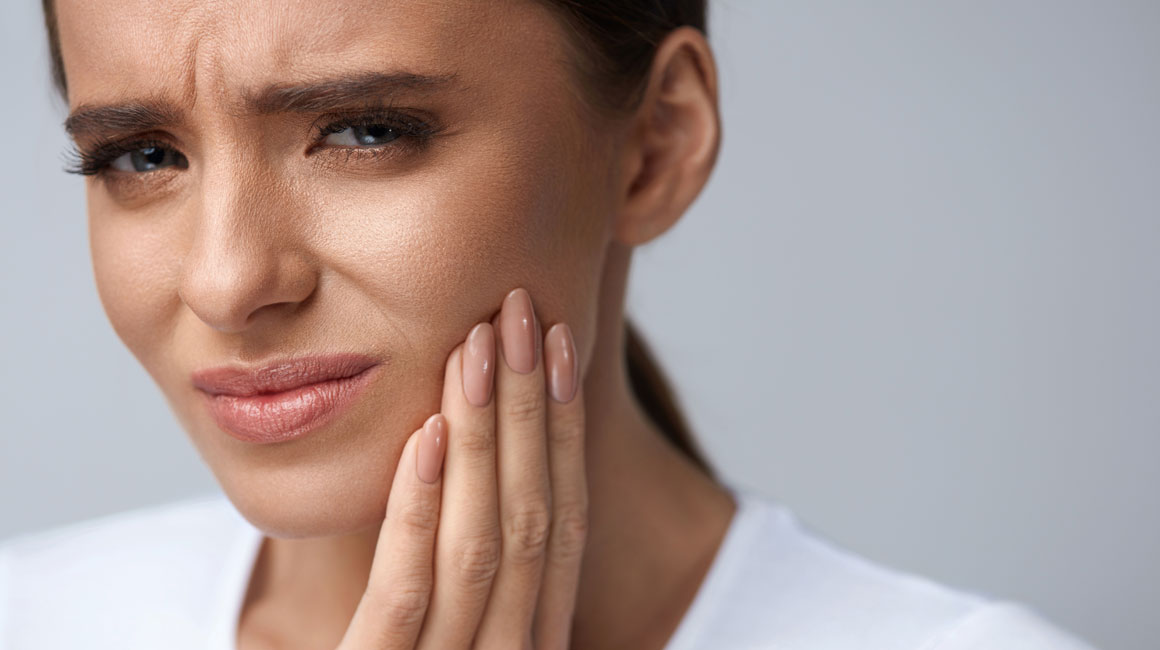Botox For Grinding Teeth: Stops Jaw Pain

The involuntary act of grinding teeth, also known as bruxism, can lead to a myriad of issues including jaw pain, headaches, and damage to the teeth themselves. While there are various treatments available to manage bruxism, one of the most effective and increasingly popular solutions is the use of Botox injections. Initially known for its cosmetic applications in reducing wrinkles, Botox has shown significant promise in alleviating the symptoms of bruxism by targeting the root cause of the problem: the muscles involved in the grinding process.
Understanding Bruxism
Before delving into the specifics of how Botox works for bruxism, it’s essential to understand the condition itself. Bruxism can be categorized into two main types: awake bruxism and sleep bruxism. Awake bruxism occurs during the day and is often associated with stress, anxiety, or intense concentration, leading to subconscious grinding or clenching of the teeth. Sleep bruxism, on the other hand, happens at night and is considered a sleep disorder, with individuals often unaware of their nocturnal grinding.
The consequences of untreated bruxism can be severe, including worn-down teeth, jaw pain and stiffness, earaches, and headaches. Traditional treatments for bruxism have included mouth guards to protect the teeth during sleep, stress management techniques, and in some cases, muscle relaxants. However, these methods do not always provide satisfactory relief, especially in severe cases.
Botox: A Novel Approach to Treating Bruxism
Botox, or botulinum toxin, is a neurotoxic protein that temporarily relaxes muscles by blocking nerve signals. When injected into the masseter muscle (the muscle that runs from the cheekbone to the jawbone) and sometimes the temporalis muscle (located on the sides of the head), Botox can significantly reduce the intensity of teeth grinding and clenching.
The procedure is relatively simple and minimally invasive. A healthcare professional, typically a dentist or a dermatologist with experience in administering Botox, will inject small doses of Botox into the targeted muscles. The effects of Botox are not immediate but become noticeable within a few days, with the full effect achieved within about a week. The duration of the effect varies but generally lasts between three to four months, after which the procedure may need to be repeated to maintain the therapeutic benefits.
Advantages of Using Botox for Bruxism
One of the significant advantages of Botox for treating bruxism is its targeted approach. By directly addressing the muscles responsible for grinding and clenching, Botox can provide relief from the symptoms without the need for more invasive treatments or the reliance on oral appliances like mouth guards.
Moreover, Botox injections are relatively painless, with most patients experiencing minimal discomfort during the procedure. This makes it an attractive option for those who fear dental procedures or have had negative experiences with other treatments.
Another benefit of using Botox for bruxism is its cosmetic effect. The masseter muscle plays a role in the definition of the jawline. Reducing its size through Botox injections can lead to a slimmer facial appearance, which many find aesthetically pleasing.
Considerations and Potential Side Effects
While Botox has been shown to be effective in treating bruxism, it’s not without potential side effects. Common side effects include bruising, swelling, or redness at the injection site, which are usually temporary and resolve on their own within a few days. More serious side effects, such as facial asymmetry or difficulty swallowing, are rare but possible.
It’s also important to consider the cost of Botox treatments for bruxism. Although it can be an effective solution, it may not be covered by insurance for this purpose, making it a potentially expensive option for some patients.
Conclusion
Botox injections offer a unique and effective approach to managing bruxism and the associated jaw pain. By targeting the muscle activity that leads to teeth grinding and clenching, Botox can provide significant relief from the symptoms of bruxism. While it’s essential to weigh the potential benefits against the costs and possible side effects, Botox has emerged as a promising treatment option for those seeking an alternative to traditional methods. As with any medical treatment, consultation with a qualified healthcare professional is crucial to determine if Botox is the right solution for your specific needs.
How long does it take for Botox to start working for bruxism?
+The effects of Botox on bruxism are not immediate. It typically takes a few days for the injections to start taking effect, with the full benefits being realized within about a week.
Is Botox for bruxism covered by insurance?
+Coverage for Botox treatments for bruxism varies widely by insurance provider and policy. It's always best to check with your insurance company to see if this treatment is covered under your plan.
How often do I need to get Botox injections for bruxism?
+The effects of Botox injections for bruxism typically last between three to four months. After this period, the procedure may need to be repeated to maintain the therapeutic benefits.
Given the information above, Botox emerges as a viable and effective treatment for bruxism, offering a unique solution for those suffering from the involuntary grinding and clenching of teeth. Its ability to provide targeted relief from symptoms, coupled with its relatively non-invasive nature, makes it an attractive option for many. However, as with any medical treatment, it’s crucial to consult with a qualified healthcare professional to discuss the potential benefits and drawbacks and to determine if Botox is the right choice for your specific situation.
